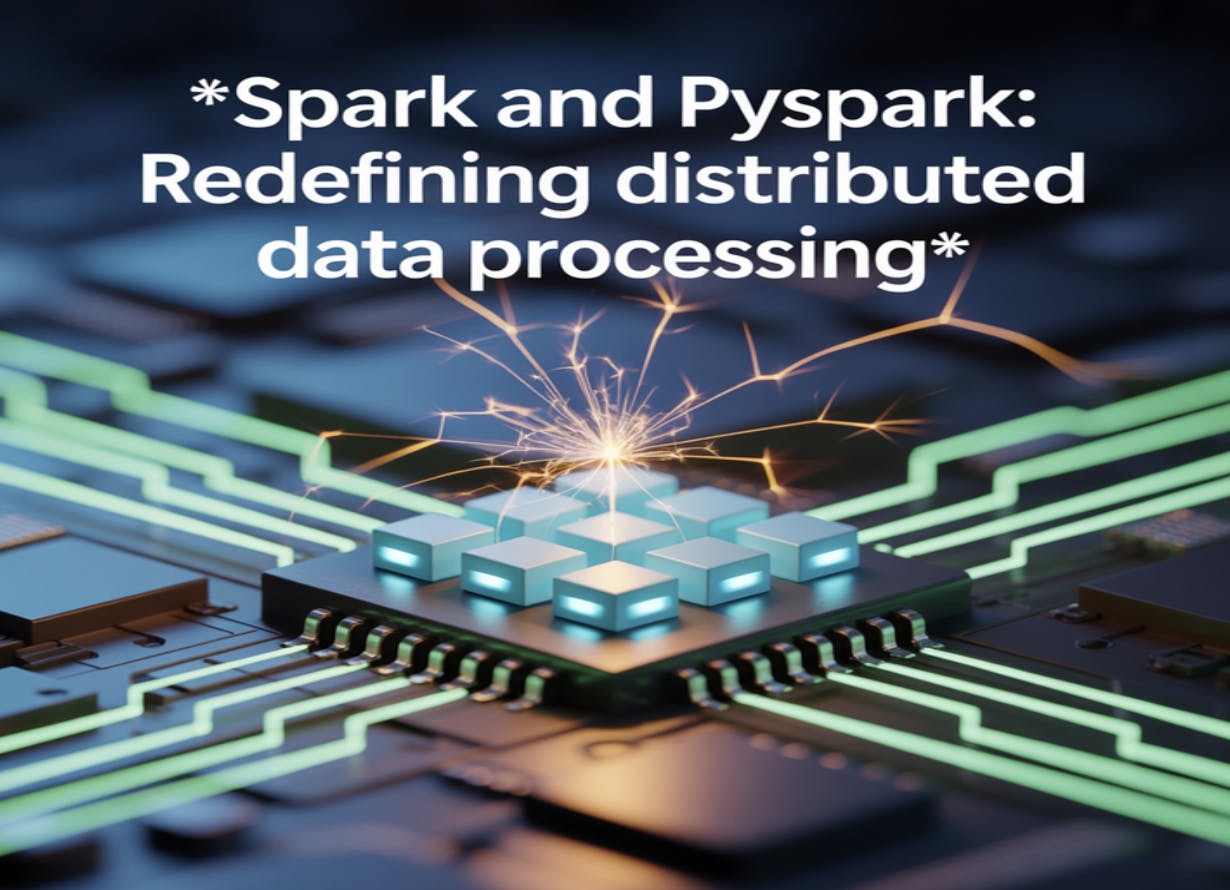In the era of rapid digital expansion, the ability to process vast and complex datasets has become a defining factor for modern enterprises. Sruthi Erra Hareram highlights how traditional frameworks, once considered sufficient, now struggle to keep pace with the demands of real-time analytics, machine learning integration, and scalable infrastructure. Apache Spark and its Python counterpart, PySpark, have emerged as groundbreaking solutions reshaping how data is processed, analyzed, and leveraged for decision-making across industries.
The Shift Beyond Traditional Systems
The exponential rise of data has outpaced the capabilities of older frameworks that were built for slower, more sequential workloads. Traditional systems, once sufficient, now struggle to manage the velocity and complexity of today’s information flows. Apache Spark emerged as a response to this challenge, offering a unified architecture that integrates batch processing, real-time streaming, machine learning, and graph analytics in a single framework.
Resilient Core Architecture
At the heart of Spark lies its distributed processing model, built around concepts such as Resilient Distributed Datasets (RDDs), Directed Acyclic Graphs (DAGs), and DataFrames. RDDs ensure reliability and performance by enabling parallel operations across nodes with fault tolerance. DAGs optimize execution by reducing unnecessary data shuffling, while DataFrames provide structured abstractions and SQL-like operations. Together, these elements form a system that balances speed, reliability, and scalability.
Bridging the Gap with PySpark
PySpark introduced a crucial bridge between Python’s accessibility and Spark’s robust distributed computing. Through seamless integration with Python libraries like NumPy, Pandas, Scikit-learn, and TensorFlow, PySpark makes high-performance analytics accessible without requiring specialized training in distributed systems. This democratization allows data scientists to scale their workflows to enterprise levels while maintaining familiar programming practices.
Integration with the Python Ecosystem
One of PySpark’s most notable strengths lies in its ability to incorporate existing Python-based tools into distributed environments. For instance, broadcasting mechanisms allow models and reference data to be shared across multiple nodes efficiently, enabling large-scale machine learning tasks. Enhanced performance with Pandas UDFs further improves execution by using vectorized operations, reducing overhead, and optimizing CPU usage.
Real-Time Applications in Practice
Spark’s streaming capabilities have enabled breakthroughs in handling continuous data flows. Whether analyzing log data to detect anomalies or running marketing campaign analytics for customer insights, Spark delivers real-time results with minimal latency. Its structured streaming API allows organizations to process event streams at scale, maintaining both throughput and reliability. Beyond analytics, Spark also powers ETL pipelines and dynamic cluster scaling, ensuring adaptability for a wide range of data operations.
Optimization and Best Practices
While Spark delivers immense potential, maximizing its benefits requires thoughtful optimization. Key strategies include caching frequently accessed datasets, selecting efficient partitioning schemes, and consolidating small files to minimize performance bottlenecks. PySpark further refines these optimizations with features like vectorized UDFs, which bring performance closer to native implementations. These practices not only improve computational efficiency but also reduce infrastructure costs.
Looking Ahead: Future Evolution
The Spark ecosystem continues to evolve with integrations such as Delta Lake, Apache Iceberg, and emerging cloud-native processing engines. These developments expand its role beyond conventional data processing to encompass deep learning, automated machine learning, and serverless architectures. Organizations investing in Spark expertise today position themselves advantageously for the next generation of data-driven innovation.
In conclusion, Apache Spark and PySpark have transformed the way organizations process data by unifying multiple computational paradigms under a single, efficient system. Their innovations extend accessibility, performance, and scalability across domains ranging from analytics to machine learning. As technology advances, Spark’s adaptability ensures its continued relevance in shaping the future of big data processing.
In the words of Sruthi Erra Hareram, this evolution signifies not just a technological leap, but a redefinition of what is possible in distributed computing.
:::info
This story was authored under HackerNoon’s Business Blogging Program.
:::







